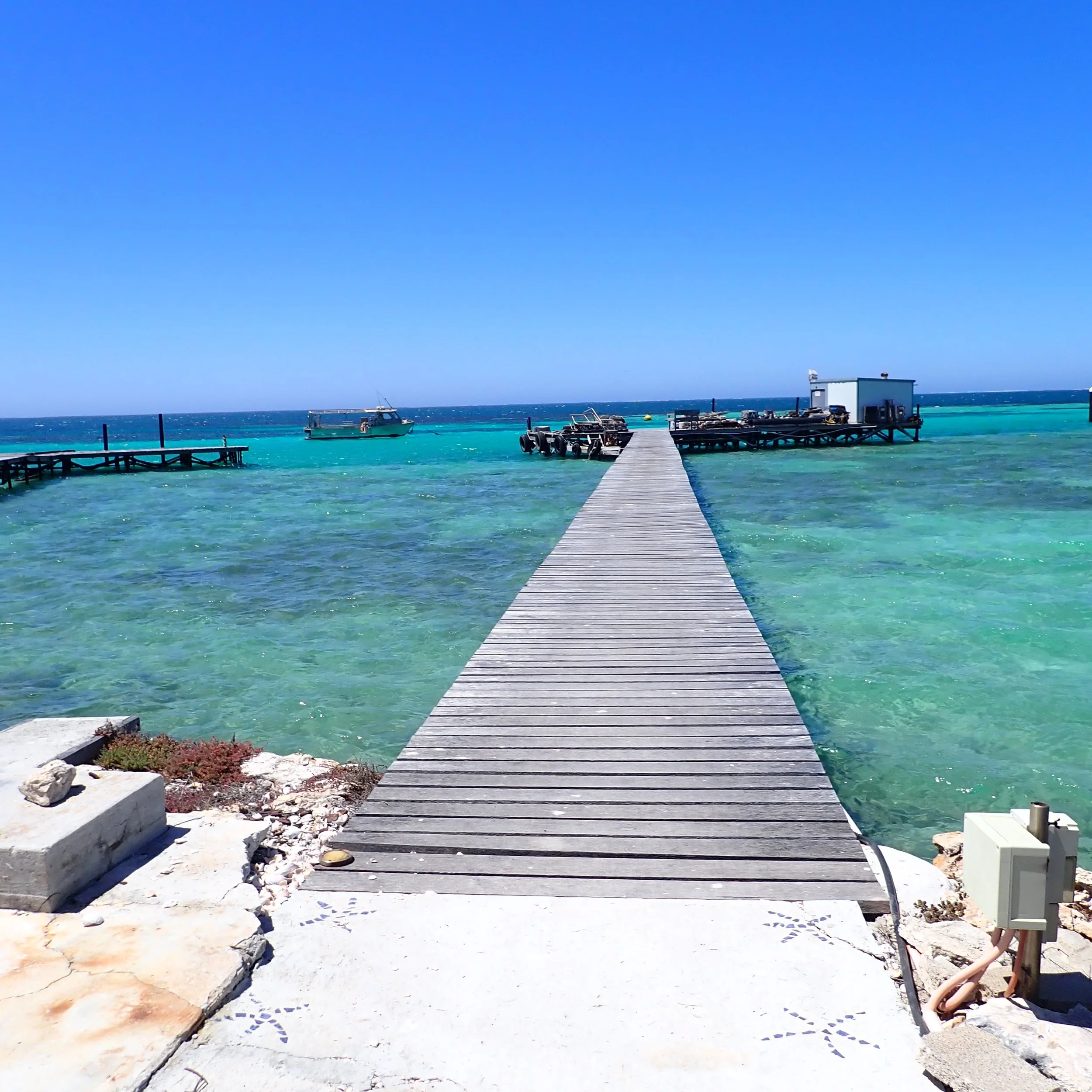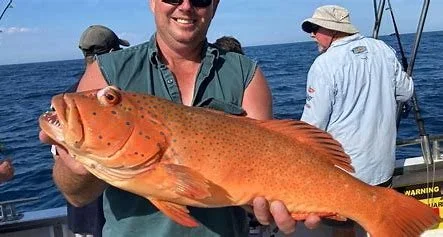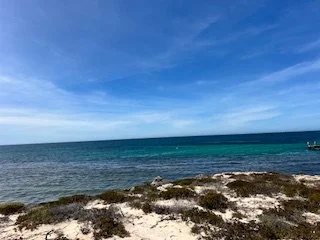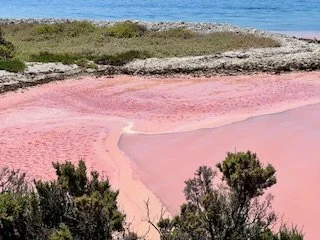
Abrolhos Islands - part of the coral triangle
A Story from the Abrolhos Islands
The Abrolhos Islands—a string of over 120 coral isles lying 60 kilometres off the coast of Western Australia—are a place where time seems to pause. Here, where warm tropical currents meet the cooler southern waters, life explodes in colour and diversity, creating one of the richest marine environments on Earth.
My journey with the Abrolhos Islands began through my work as a Fisheries Management Officer with the Department of Primary Industries and Regional Development (DPIRD). Tasked with safeguarding the islands' natural heritage while supporting the communities that call them a second home, I quickly fell under the spell of this extraordinary place.
The biodiversity is unlike anything else in Australia — untouched and breathtaking. Coral gardens stretch beneath the turquoise waves, alive with brilliant hues of pinks, purples, and golds. Experiencing my first coral spawning here was a transformative moment: the reefs erupted like an underwater blizzard, tiny pink and white bundles ascending into the darkened sea. Among the coral snowfall, a magnificent sea lion bull bathed and rolled, as if basking in the abundance of life. Later, I watched him sunbake lazily on a beach of white crushed coral, unbothered and at peace.
The Abrolhos is not just a place of natural wonder; it is woven deeply into the fabric of Western Australia's history. The islands tell stories of shipwrecks and survival — none more infamous than the wreck of the Batavia in 1629 — and generations of lobster-fishing families whose legacy persists today. These families have built a world-renowned rock lobster fishery, one of Western Australia's most valuable export markets. Their stewardship and deep respect for the ocean's rhythms are integral to the islands’ continued vitality.
The sustainability of the lobster industry is vital. Long-term management strategies that balance environmental health and commercial success are now more important than ever. Through collaborative management, strict quotas, and marine protected areas, the islands remain a beacon of how fisheries and conservation can coexist.
As part of my work, I contribute to safeguarding this balance. Marine spatial planning, eco-tourism licencing, and habitat protection have become the cornerstones of my role. In between these tasks, I dive into coral health surveys and wildlife monitoring programmes, always striving to ensure that the pristine beauty of the Abrolhos endures.
One of my greatest aspirations is to expand my research on the Australian sea lions that live here. These rare, isolated colonies represent the northernmost populations of the species, and very little is known about their unique behaviours, pupping cycles, and ecological pressures. Their survival depends on our understanding and careful protection.

Looking across the waters of the Abrolhos, I am reminded that this is not just a workplace—it is a living, breathing world of stories. A place where coral reefs continue to thrive, laughter echoes across fishing camps at sunset, and sea lions nap without fear. It is a legacy I am honoured to be part of — and a future I am determined to help protect.



